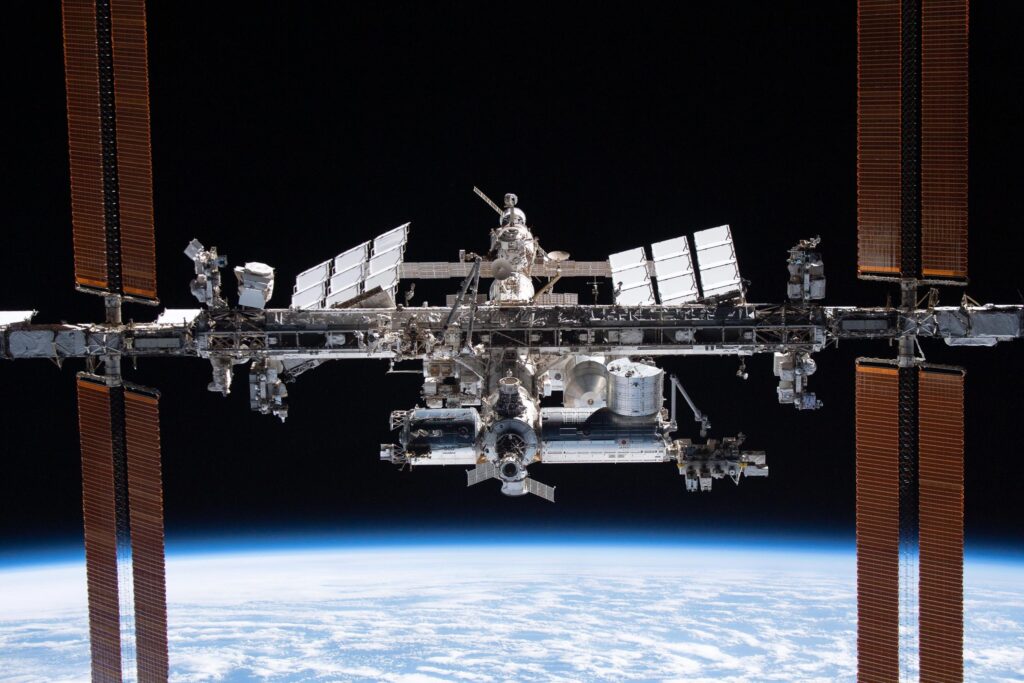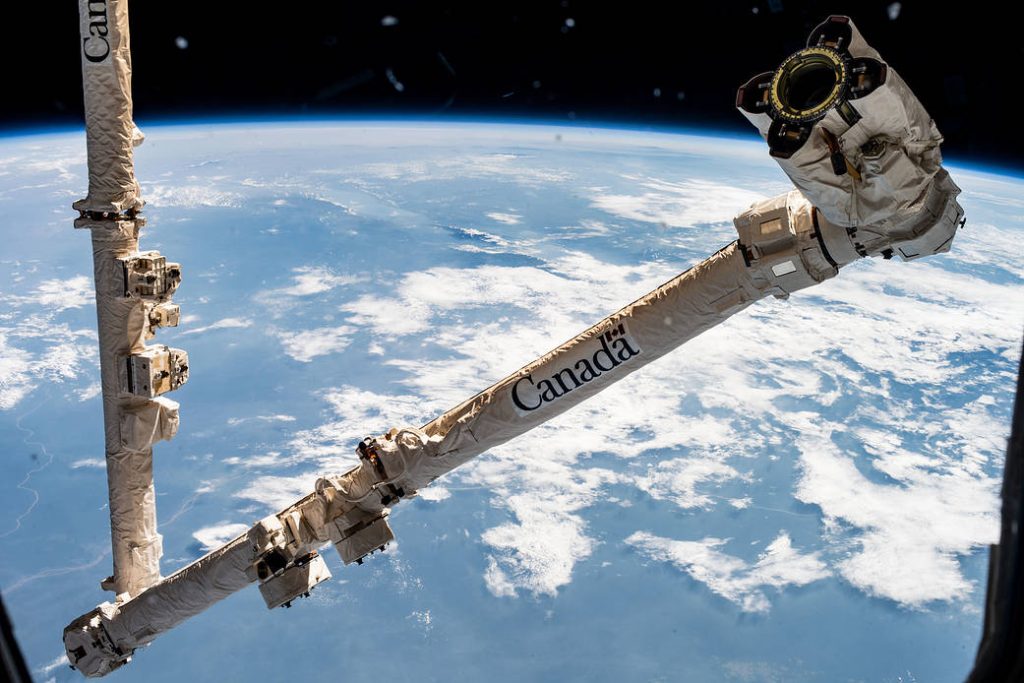
A variety of research taking place today on the International Space Station is helping NASA and its partners support crews living and working off the Earth. The ongoing Expedition 70 investigations are informing ways to improve human health and plan future missions to the Moon, Mars, and beyond.
Astronauts Loral O’Hara and Satoshi Furukawa joined each other in the Columbus laboratory module for vein scans using the Ultrasound 2 device. Doctors on the ground assisted the duo monitoring how weightlessness affects the neck, shoulder, and leg veins, and learning how to keep crews healthy.
O’Hara from NASA also teamed up with fellow NASA Flight Engineer Jasmin Moghbeli and worked in the Tranquility module throughout Thursday. Both astronauts were clearing hardware from the Bishop airlock to make space for the NanoRacks External Platform. Bishop will open its door to space and the platform will be retrieved by the Canadarm2 robotic arm for scientific operations outside of the orbital laboratory. The external research gear is designed to carry experiments for exposure to the vacuum of outer space.
Furukawa from JAXA (Japan Aerospace Exploration Agency) collected cell samples from an incubator and placed them inside the Confocal Microscope to observe how they sense microgravity. He also swapped a gas bottle inside the Electrostatic Levitation Furnace then assisted O’Hara and Moghbeli with the NanoRacks work.
Commander Andreas Mogensen from ESA (European Space Agency) began his day with a conference with ESA managers, charged portable electronics inside the SpaceX Dragon Endurance spacecraft, then set up Earth science hardware. The two-time station visitor then supported a student-designed space botany experiment, analyzed station water samples, and serviced spacesuit batteries.
Veteran Roscosmos cosmonaut Oleg Kononenko practiced futuristic piloting techniques that may be used to operate spacecraft and robots on potential planetary missions. Flight Engineer Nikolai Chub tested a 3D printer for its ability to manufacture tools and supplies without assistance from Earth. Flight Engineer Konstantin Borisov worked on orbital plumbing duties inside the Nauka science module then conducted a photographic analysis of the station’s Roscosmos modules.
Learn more about station activities by following the space station blog, @space_station and @ISS_Research on X, as well as the ISS Facebook and ISS Instagram accounts.
Get weekly video highlights at: https://roundupreads.jsc.nasa.gov/videoupdate/
Get the latest from NASA delivered every week. Subscribe here: www.nasa.gov/subscribe




